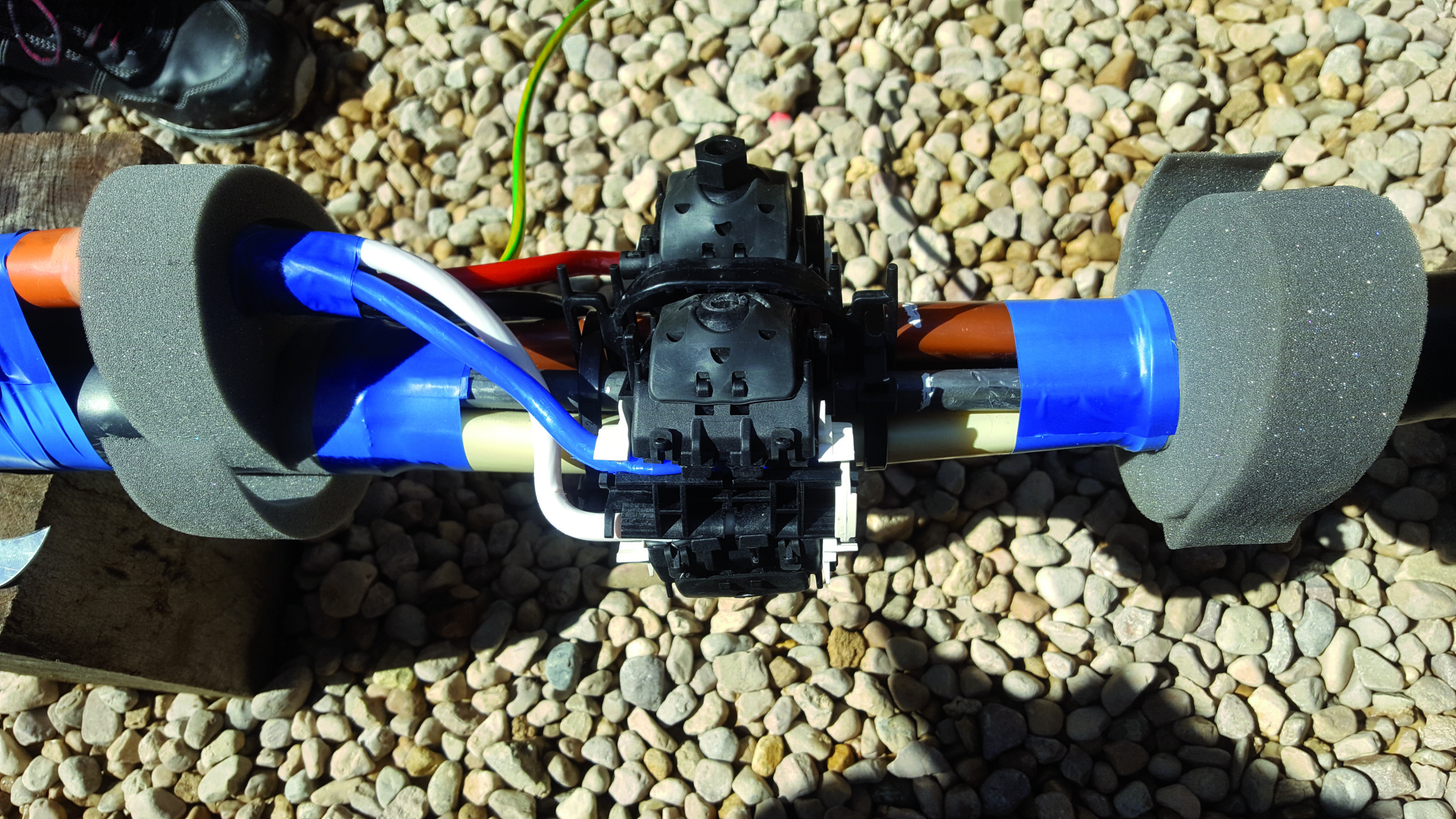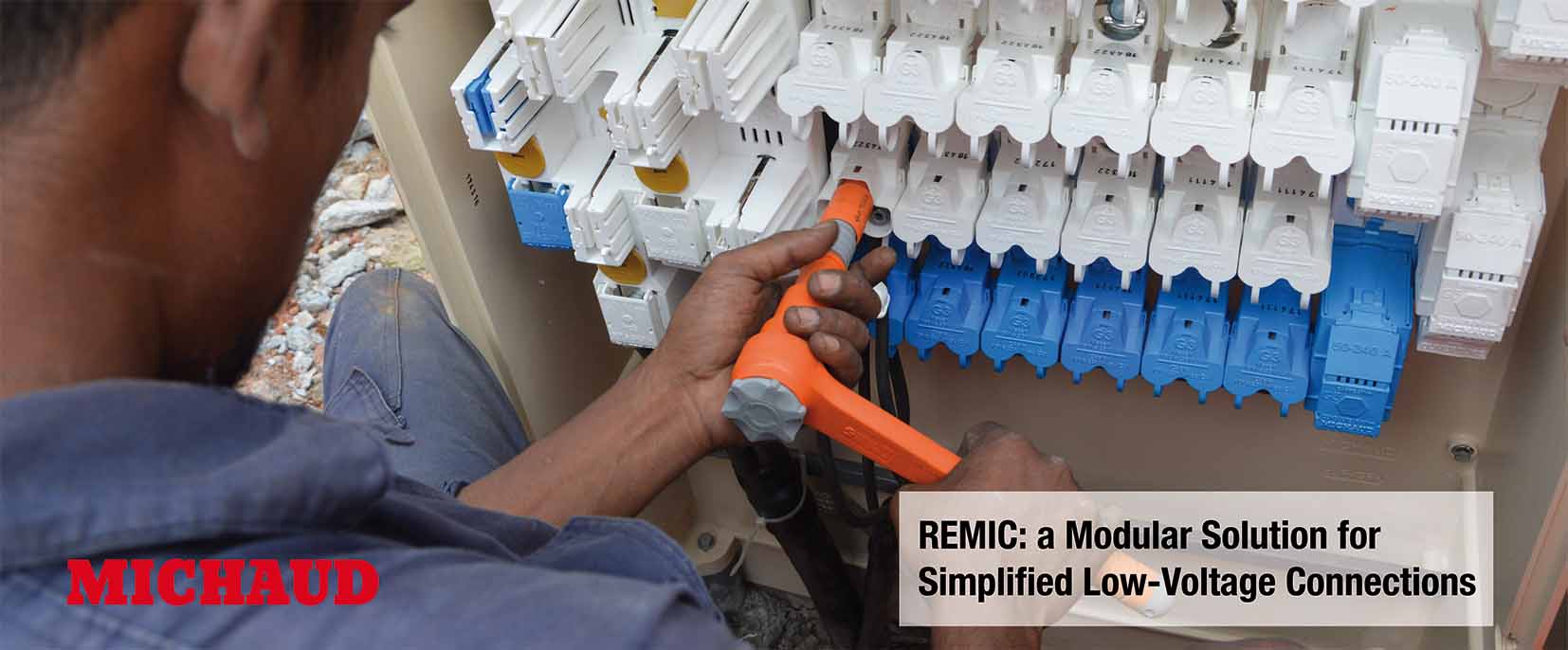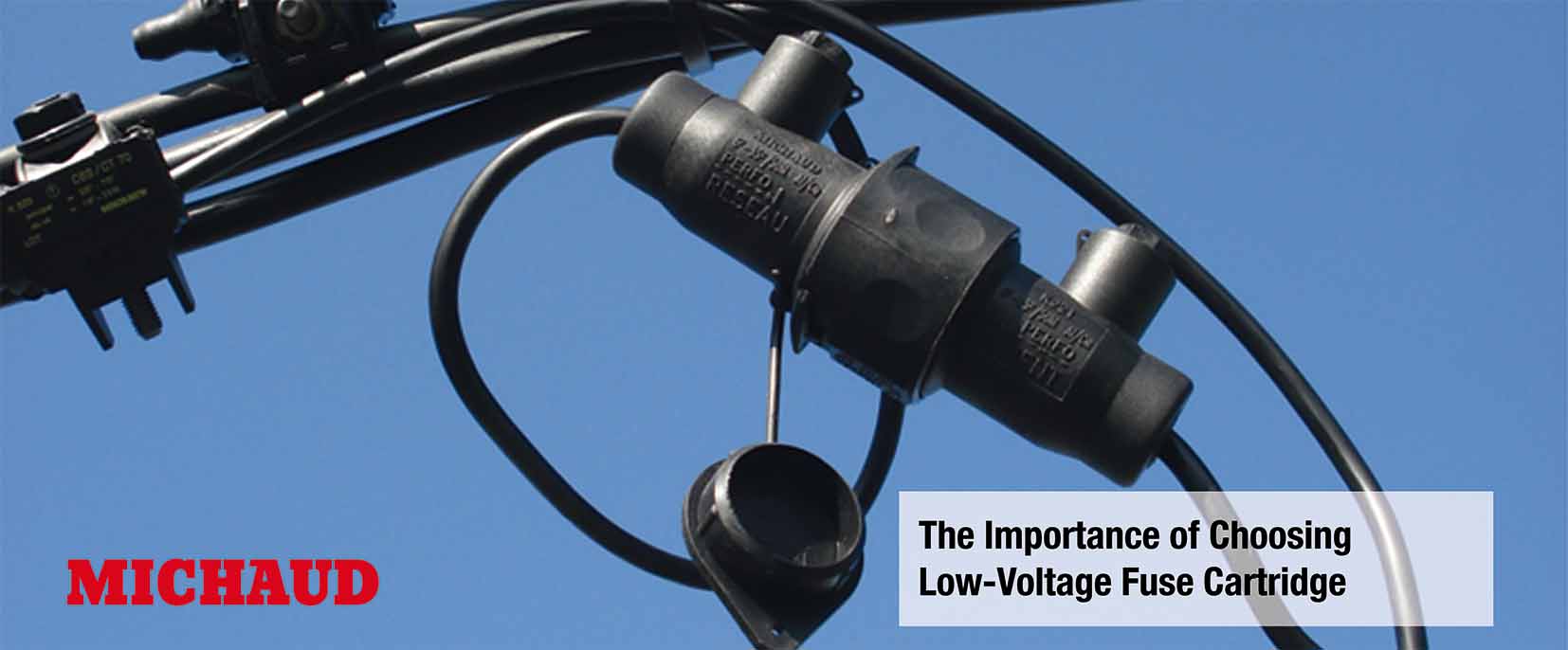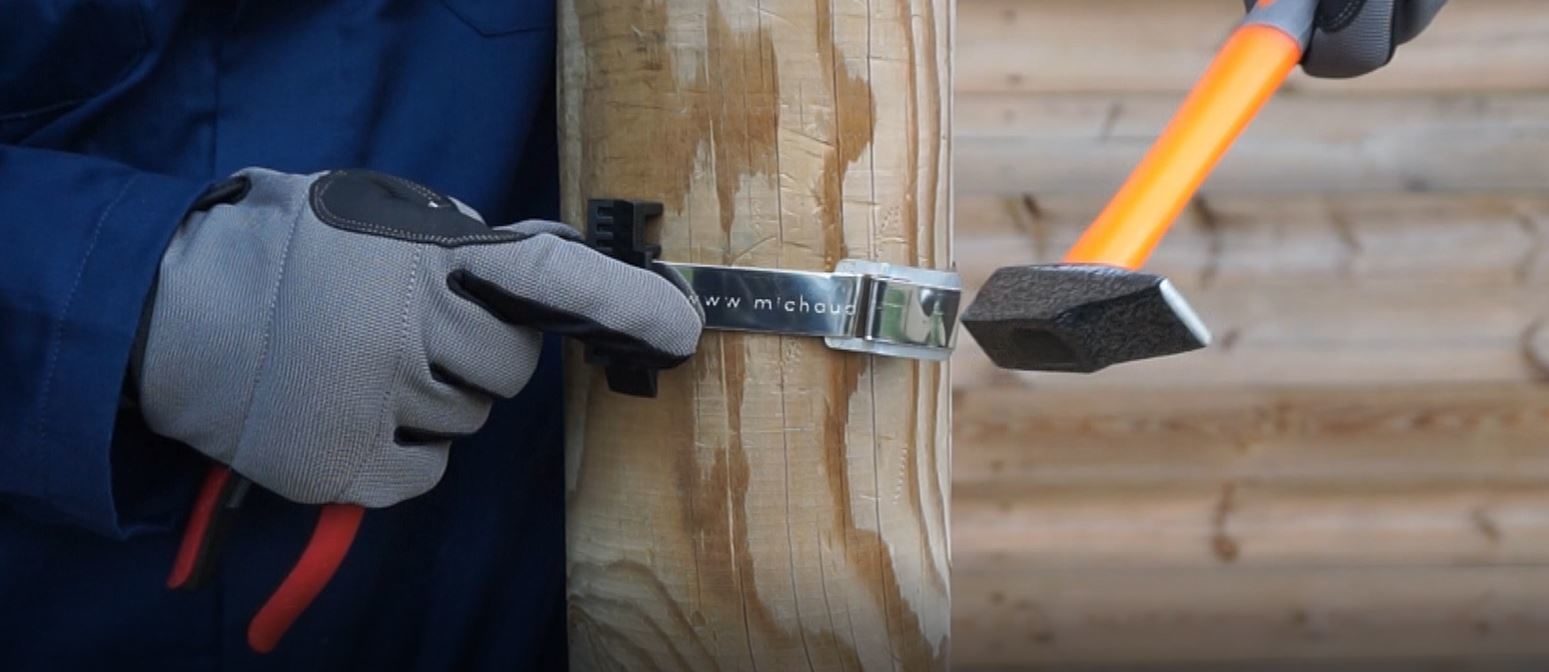Underground network allows the distribution and provide electricity for consumers. From the main cable, it is possible to make tap connections to connect subscribers and also create a network tap connection to electrify a street.
To create an underground tap connection, the most common technology is the underground box. This system is composed of three different parts: the connector, resin and the underground box. Before choosing the component according to its characteristics, it is important to identify the connection type. Is that a network or service tap connection? Sections of main and tap cables and also the current needed have an influence on the whole system, especially on the type and size of the connector.
Type of connectors for underground connection
On underground network, there are two types of connectors: one-pole or multipolar.
The one-pole connector makes a connection for each phase and the neutral apart. For a tap connection, 4 connectors are necessary. This technology is also used in aerial connection.
The multipolar connector is implemented around the 4 conductors of the main cable. It has only 2 screws for an easy implementation contrary to one-pole connector which has one screw by connector.
These two tightening allow a uniform mechanical load on the conductors and insure a efficient and sufficient connection. Each tightening connects simultaneously the main and the tap conductors. It allows a rapid implementation and space saving.

Resin, watertight component for underground system
To underground environment, electrical materials have very important watertight constraint. The water shouldn’t be in the connection. That’s why we use resin. Indeed, resin can fill the space in a closed environment and create a perfectly watertight connection. Generally sold on bucket, drum or two-pouches bag, it solidifies under the effect of mixing with a hardener.
There are several types of resin, with different characteristics:
- -Hard or soft, once solidified,
- -Removable or not removable,
- -More or less environment friendly.
The choice of the resin depends on environmental constraint, installation current way and type of property (thermal conductivity, impact resistance, storage time before expiration…).
How to protect the connection?
To allow the resin to harder and create a protection layer, there is one more element to add to the system which is the envelop. This envelop can be rigid or flexible. Usually, the rigid envelop is called a shell and the flexible envelop the duct tape. The shell takes up more space than duct tape but it protects the connection mechanically. Duct tape takes up less space and is more economical.
The filling technique of the resin depends on the envelop type. The flow resin is used with shell and the injected resin is used with flexible envelop. The flow technology is easier to implement than the injected one but it is more expensive because the filling space is larger.
Indeed, depending on the technology, on the size of the connector and on the number of tap connection, the volume of the box may change as well as the amount of resin. As a manufacturer, MICHAUD help you choose the system you need.
Best practice installation
When implementing an underground tap connection, the field should be prepared. The trench has to be depth enable the installers to work in good conditions. If necessary, the system implementation require the tar removal and the machine which involves a high cost of installation.
Once the work field is ready, the installers can prepare conductors and install connector(s), box and resin and give time to system to hardening. Before closing pit, installation needs to be controlled.
Usually, coloring warning mesh is added under the surface to announce the underground electrical lines. Sometimes, this visual sign is replaced or supported by a mechanical protection which secures the underground network.
Beforehand, system underground teams on the field need to be trained.



